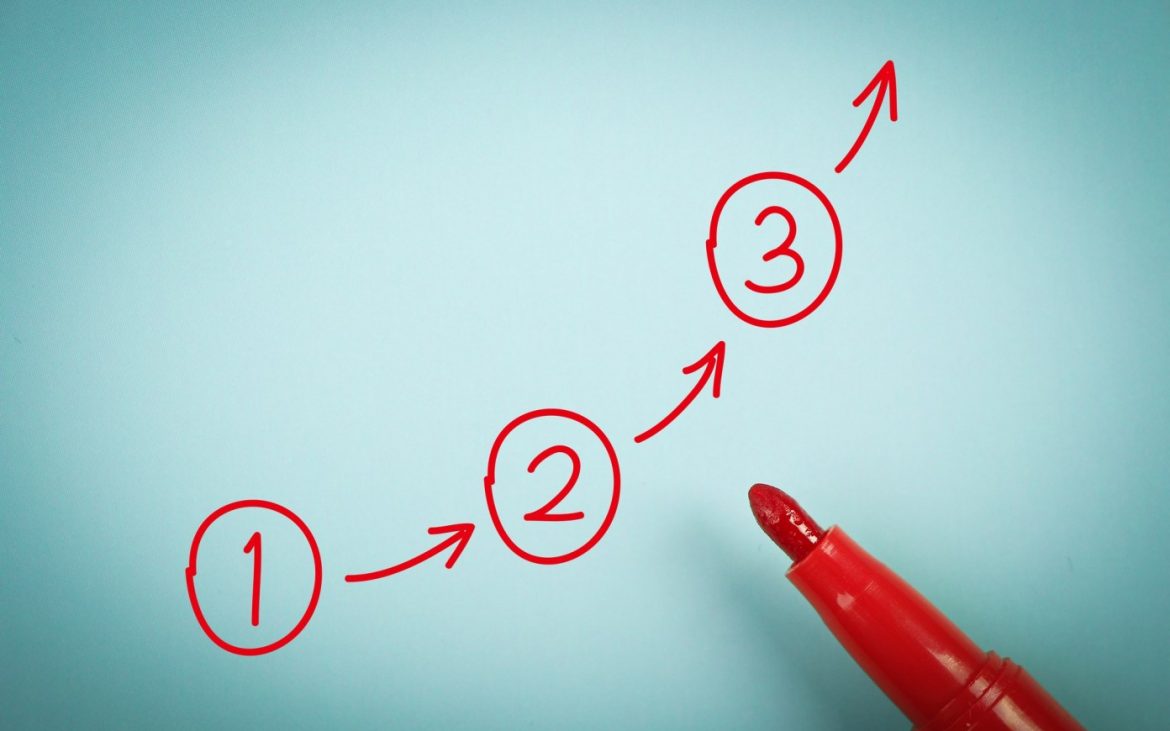My article in Data Driven Investor published 25th of January 2019.
One of the most valuable things an effective leader can offer an organization is the ability to make decisions, hopefully the right ones.
However, it is the way the decision is made that separates outstanding leaders from ordinary ones.
Every person makes hundreds of decisions daily, most automatically and without reflection. Usually, these decisions involve no specific competencies, require no sacrifice, and incur no serious risks. The decisions made in organizations also are mostly routine, practically automatic. And yet, it would be difficult to find a leader who has never been forced to make a decision that would have a massive effect on their organization. Such pivotal moments test a leader’s ability to handle complex problems freighted with multiple critical factors. The most crucial decisions made by managers are affected by the stress they feel, their ability to control their emotions in response to that stress, their experience and competencies, their analytical skills, the ability to process information rapidly, and how far they can think ahead.
While each of these factors play a role, it is impossible to measure their sum accurately, or say what is most important. Therefore, the way I think about it, making key decisions involves a balancing act between knowledge and ignorance, intuition and reason, certainty and uncertainty.
This point is well illustrated by Aaron Wildavsky, an American theoretician of management who did the bulk of his work in the 1980s. Wildavsky maintains that no leader of any organization will ever have all the information he needs to make a decision as some of it gets lost on entering the organization while other bits get filtered out once they circulate within it. If a leader seeks sources of information outside his organization, he can become overwhelmed. If he relies what he’s fed, he can be misled. Either way, error is endemic. This is the leadership pickle.
The decider’s dilemma
All theoretical models that describe decision-making (and there are scores of them) share many common elements. The most basic element describes a sequence of steps, starting with problem identification, followed by problem analysis, the development of viable solutions, and the selection of a solution that best matches one’s priorities and/or resources. Among such simple descriptive models, the ones that most appeal to me are based on the belief that decision-making boils down to choosing from among available options. It is always essential to weigh the costs and benefits of a given choice. Even this simple approach has a readily identifiable critical point. After all, the costs and benefits of the options being pondered may be roughly equal. That leaves one with intuition based on experience. But, as management philosopher Peter Drucker said, one cannot wait too long to decide: “On an important decision, one rarely has 100% of the information needed for a good decision no matter how much one spends or how long one waits. And, if one waits too long, he has a different problem and has to start all over. This is the terrible dilemma of the hesitant decision maker.”
In other words, delaying or evading a decision tops the list of leadership no-nos. My experience tells me that not making the decision is generally a leader’s worst option.

My decision-making steps
Even when I’ve been confronted with the knottiest problems, I know I am not operating in a vacuum or starting from scratch. If my leadership has been open and based on dialogue with people on a partnership basis, I can always count on feedback from those around me. Others can help me correct my misguided assumptions, warn me or support me. Provided my leadership model is not authoritarian, I am able to draw on the collective knowledge of colleagues to improve my chances of avoiding mistakes. Furthermore, in a modern organization, I can access all kinds of data, including historical studies that allow me to assess my decisions and the likelihood that their results will be positive.
It seems sensible to me that any leaders who face complex decisions draw up a handy list of rules that will guide them through critical moments. For example, when confronted by a decision that needs to be made, my first move is to choose an action that I expect to provide the best results – based on the knowledge I have at that moment. In this way, I keep myself from multiplying data ad infinitum and becoming overwhelmed.
Secondly, I remind myself not to confuse causes with effects. Thirdly, as a rule, I never stop broadening my perspectives and listening attentively to other people’s opinions. Fourthly, I try to make sure that I have all the relevant information and that I use all the analytical tools that I need. Importantly, I try to avoid making rash, in-the-heat-of-the-moment decisions driven by emotions, which should never influence the decisions when their consequences may be long-lasting. Most critically, I make decisions based on experience (my own, my associates or the organization as a whole). Finally, I muster the courage to admit my mistakes once I realize I have made them.
This list of behaviors is neither exhaustive nor universal and may not make sense to everyone. However, I think that every leader can and should make their own list of decision-making practices that work for them.
Read full article
Related articles
– Reflections on ethical leadership
– Automation will not destroy all jobs
– Uncertainty has its upside. Leadership in digital economy
– Surviving in the digital age, future-proofing your business










johnbuzz3
DT has been able to create such software like PayPal and Google Pay with which one can easily do almost all their financial transfers. Moreover, each banking service in the world has adopted digital platforms through which the customer has all the power to control their banking services sitting at home or during the commute.
Oscar P
Spot on
TomK
Great article. Thank you
Adam T
Great read. Kudos
Adam Spark Two
There really is no way of getting around it. Sooner or later companies are going to have to embrace millennial leaders. After all, the ones that came before are going to keep retiring. Even before that happens, the old guard going to start losing touch with what an ever-growing group of customers wants, needs and pays attention to.
johnbuzz3
New age internet banking is evolving while keeping security as much as possible. Even though digitalization is a risk factor, its productivity and efficiency have overshadowed the risks. Recently, digital product engineering has brought in a lot of changes in the world to make it more tech superior and efficient. It has been able to bring every person closer to each other. In the near future, specialists are expecting that more than 30 billion digital products will be connected remotely with each other.
Adam Spark Two
Nice read